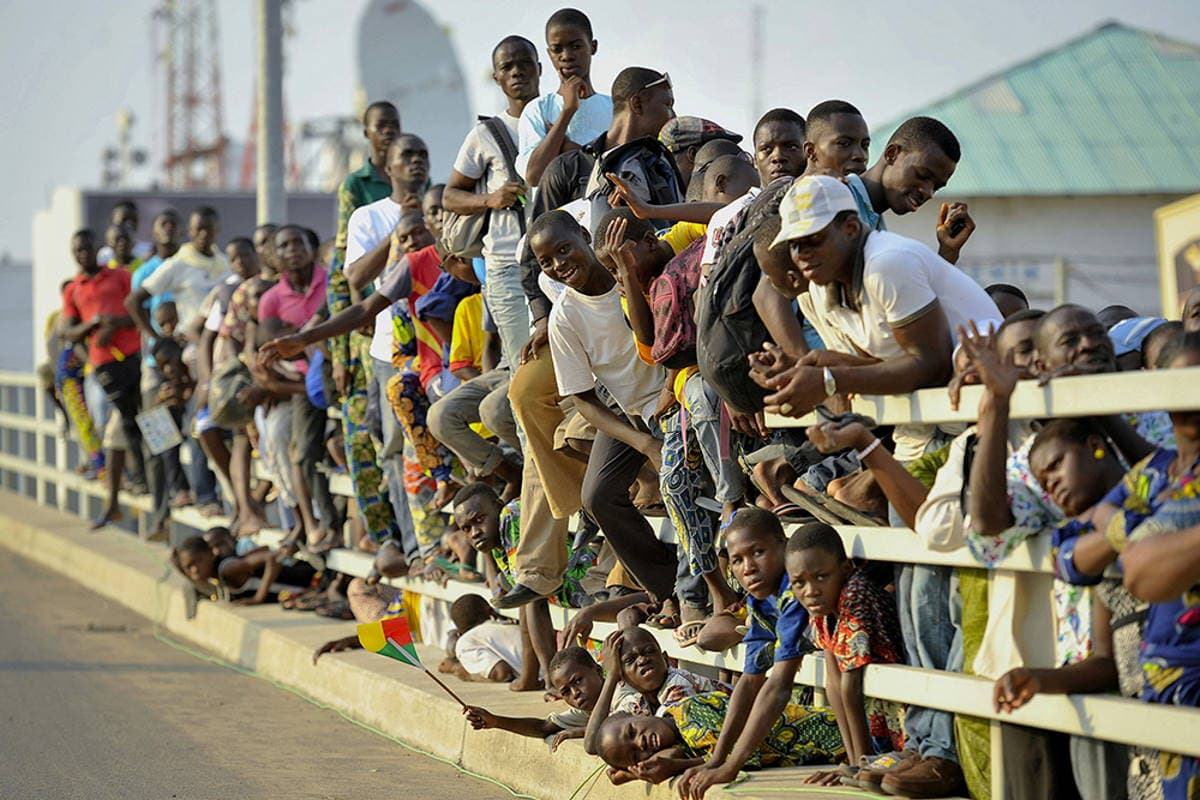We're loading the full news article for you. This includes the article content, images, author information, and related articles.
Kenya’s July 7 protests have evolved from a fight for democracy to a demand for economic justice, as a new generation of youth reclaims Saba Saba to confront inequality, unemployment, and state violence.

By Trully Kenyan Staff Writer
Nairobi, Kenya – On the 35th anniversary of the historic Saba Saba protests, what began in 1990 as a call for multiparty democracy has been reborn—this time in the voices, digital banners, and marching feet of a generation demanding economic justice, government accountability, and structural reform. Across Kenya, youth-led demonstrations on July 7, 2025, honored the spirit of their democratic forebears but redirected the national lens from political pluralism to economic liberation.
The streets echoed not with chants against single-party rule but with cries against ballooning public debt, youth unemployment, opaque taxation, and a cost-of-living crisis that many say has decimated hope. “Saba Saba was about democracy. We’re fighting for the right to survive,” said 24-year-old protester Kevin Muriithi in Nairobi’s Central Business District, one of the many flashpoints during this year’s protests.
Most of the youth who poured into the streets were born after Kenya’s democratic transition. They have no memory of Daniel arap Moi’s authoritarian era, but they speak with clarity about what they see as its modern reincarnations—elite capture, systemic inequality, and state violence. In towns like Kisumu, Eldoret, and Nakuru, placards bore slogans like “We Are Not Lazy – We Are Locked Out” and “We Pay Taxes but Get Nothing.”
Analysts note a shift in protest discourse from the traditional political alignments toward issue-based mobilization. “This is no longer about Raila versus Ruto or UDA versus ODM,” said political scientist Dr. Wanjiku Githinji. “This is about the cost of bread, access to quality education, and youth inclusion in governance.”
In 1990, July 7 was a flashpoint for demands to end one-party rule. In 2025, the same date is now a canvas for younger Kenyans to reclaim dignity. The movement has relied heavily on digital mobilization, with X (formerly Twitter), TikTok, and Telegram serving as the organizational backbone for decentralized planning and real-time updates.
“This is not a revolution led by politicians. It’s led by content creators, coders, artists, students,” said protest organizer and community leader Njeri Mbogo. She described the movement as a “reawakening of collective agency” that cuts across class and tribe.
The state’s response has been harsh. At least 31 people were reported dead and over 500 arrested in clashes with police. Human rights groups have condemned the use of live ammunition and mass arrests, warning that the government risks repeating the authoritarian reflexes of the past.
Despite the crackdown, many protesters say they won’t be silenced. “We are the children of Saba Saba,” said one demonstrator in Mombasa. “But we are also the parents of the next revolution.”
Whereas the original Saba Saba movement sought political inclusion, today’s protests signal that political freedom without economic justice is incomplete. This reinterpretation by Kenya’s youth doesn’t discard the past—it builds upon it.
From Kamukunji Grounds to digital town halls, the message is clear: Kenya’s youth are not merely demanding democracy in form—they are fighting for it in function. And in doing so, they may be crafting the next chapter of Kenyan liberation—one where dignity, not just the vote, becomes the true currency of citizenship.
Keep the conversation in one place—threads here stay linked to the story and in the forums.
Other hot threads
E-sports and Gaming Community in Kenya
Active 7 months ago
Popular Recreational Activities Across Counties
Active 7 months ago
The Role of Technology in Modern Agriculture (AgriTech)
Active 7 months ago
Investing in Youth Sports Development Programs
Active 7 months ago